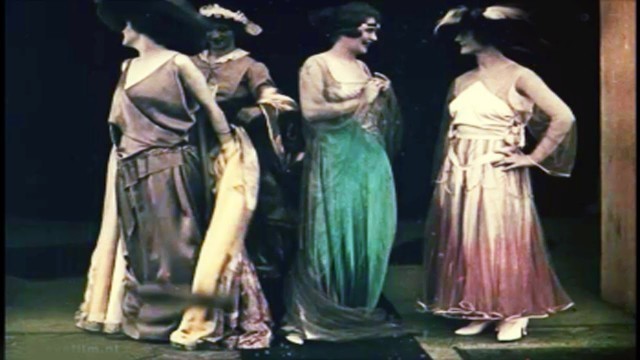

'Fashion from 1910–1919 in the Western world was characterized by a rich and exotic opulence in the first half of the decade in contrast with the somber practicality of garments worn during the Great War. Men\'s trousers were worn cuffed to ankle-length and creased. Skirts rose from floor length to well above the ankle, women began to bob their hair, and the stage was set for the radical new fashions associated with the Jazz Age of the 1920s During the early years of the 1910s the fashionable silhouette became much more lithe, fluid and soft than in the 1900s. When the Ballets Russes performed Scheherazade in Paris in 1910, a mania for Orientalism ensued. The couturier Paul Poiret was one of the first designers to translate this vogue into the fashion world. Poiret\'s clients were at once transformed into harem girls in flowing pantaloons, turbans, and vivid colors and geishas in exotic kimono. The Art Deco movement began to emerge at this time and its influence was evident in the designs of many couturiers of the time. Simple felt hats, turbans, and clouds of tulle replaced the styles of headgear popular in the 1900s (decade). It is also notable that the first real fashion shows were organized during this period in time, by the first female couturier, Jeanne Paquin, who was also the second Parisian couturier to open foreign branches in London, Buenos Aires, and Madrid. Two of the most influential fashion designers of the time were Jacques Doucet and Mariano Fortuny. The French designer Jacques Doucet excelled in superimposing pastel colors and his elaborate gossamery dresses suggested the Impressionist shimmers of reflected light. His distinguished customers never lost a taste for his fluid lines and flimsy, diaphanous materials. While obeying imperatives that left little to the imagination of the couturier, Doucet was nonetheless a designer of immense taste and discrimination, a role many have tried since, but rarely with Doucet\'s level of success. The Venice-based designer Mariano Fortuny y Madrazo was a curious figure, with very few parallels in any age. For his dress designs he conceived a special pleating process and new dyeing techniques. He patented his process in Paris on 4 November 1910. He gave the name Delphos to his long clinging sheath dresses that undulated with color. The name Delphos came from the bronze statue of the Charioteer at Delphi. Each garment was made of a single piece of the finest silk, its unique color acquired by repeated immersions in dyes whose shades were suggestive of moonlight or of the watery reflections of the Venetian lagoon. Breton straw, Mexican cochineal, and indigo from the Far East were among the ingredients that Fortuny used. Among his many devotees were Eleonora Duse, Isadora Duncan, Cléo de Mérode, the Marchesa Casati, Émilienne d’Alençon, and Liane de Pougy. Suits and coats The tailleur or tailored suit of matching jacket and skirt was worn in the city and for travel. Jackets followed the lines of tunics, with raised, lightly defined waists. Fashionable women of means wore striking hats and fur stole or scarves with their tailleurs, and carried huge matching muffs. Most coats were cocoon or kimono shaped, wide through the shoulders and narrower at the hem. Fur coats were popular. Footwear Shoes had high, slightly curved heels. Shorter skirts put an emphasis on stockings, and gaiters were worn with streetwear in winter. \"Tango shoes\" inspired by the dance craze had criss-crossing straps at the ankles that peeked out from draped and wrapped evening skirts. During the war years, working women wore sensible laced shoes with round toes and lower wedge heels. Hairstyles and hats Large hats with wide brims and broad hats with face-shadowing brims were the height of fashion in the early years of the decade, gradually shrinking to smaller hats with flat brims. Bobbed or short hair was introduced to Paris fashion in 1909 and spread to avant-garde circles in England during the war.[6] Dancer, silent film actress and fashion trendsetter Irene Castle helped spread the fashion for short hairstyles in America.[7] Hair, even short hair, was frequently supplemented with postiches, small individual wigs, curls, or false buns which were incorporated into the hairstyle. The Corset As women began to become more active with dance and sport, they started to remove their corsets at parties in order to move more freely. In response corset manufacturers marketed the dance corset, which was less constricting, lighter, and more flexible. This shift made it a necessity to own more corsets because they served different functions. At the same time women now had more agency to decide their own shapes with the variety of corsets available'
Tags: fashion , Women , fashion show , vintage fashion , vintage beauty , art deco , high heels , vintage outfits , retro fashion , Retro Heels , roaring twenties , elsa schiaparelli , lulu , edwardian , women's wear , pin up , furs , elegant ladies , fashion 1920 , edwardian fashion , 1910 , fur coats , cloche hat , Fashion 1910 , Bobbed Hair , rolled stockings , charming women , flapper era , retro beauties
See also:
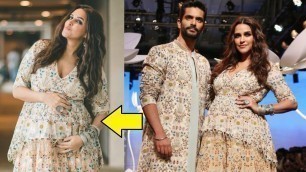
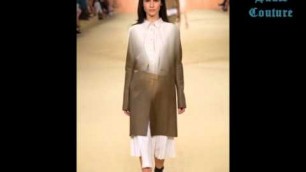
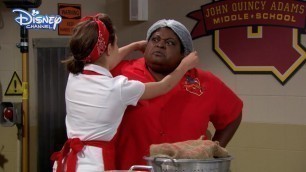
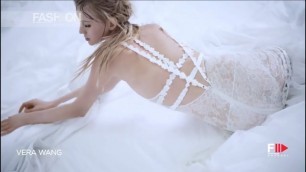
!['Young Thug - Kanye West (feat. Wyclef Jean) [Official Audio]'](https://cdn-img01.4kfashionchannel.com/images/57-m/124/1243673_m.jpg)

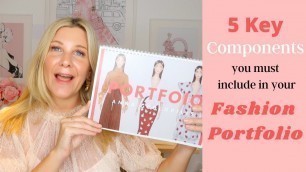
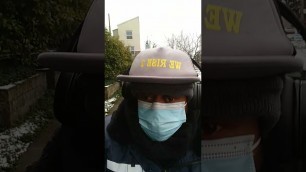
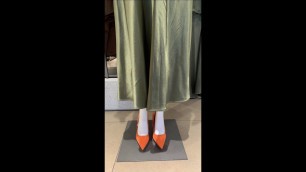
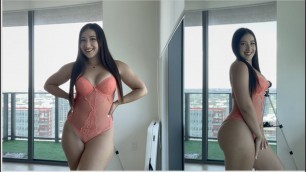
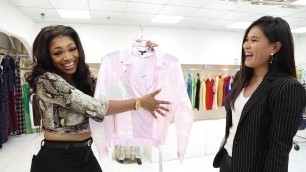
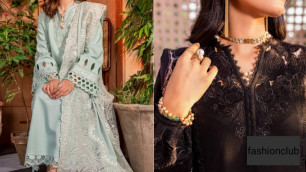
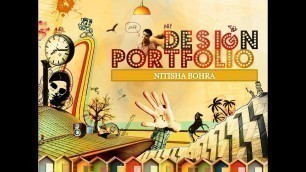

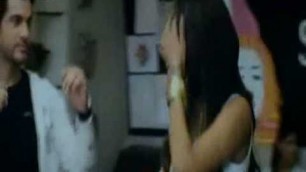
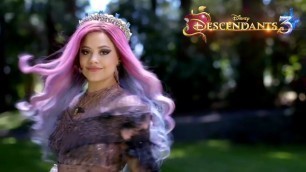
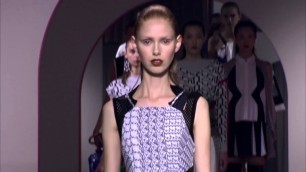
comments